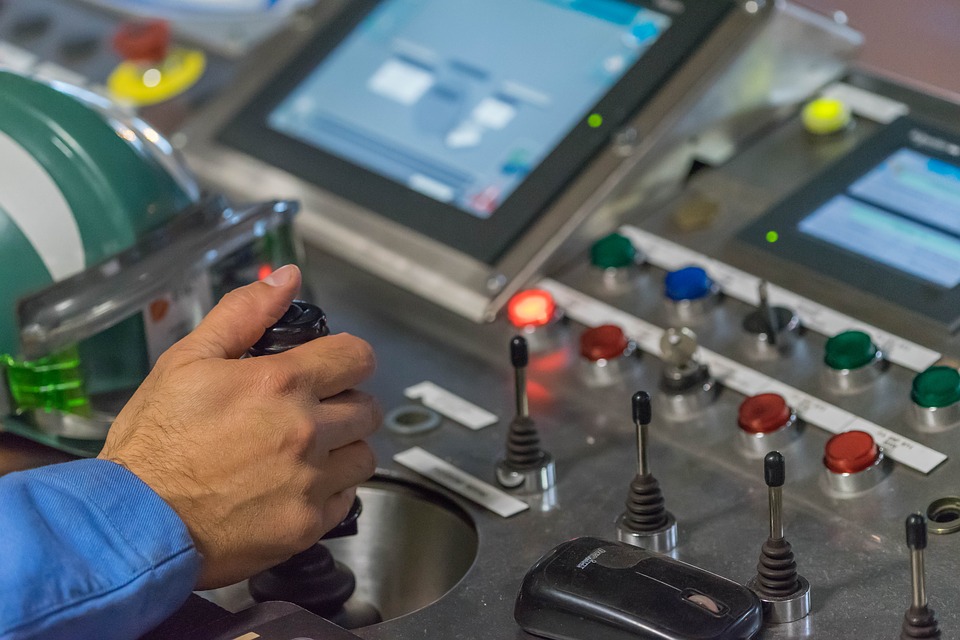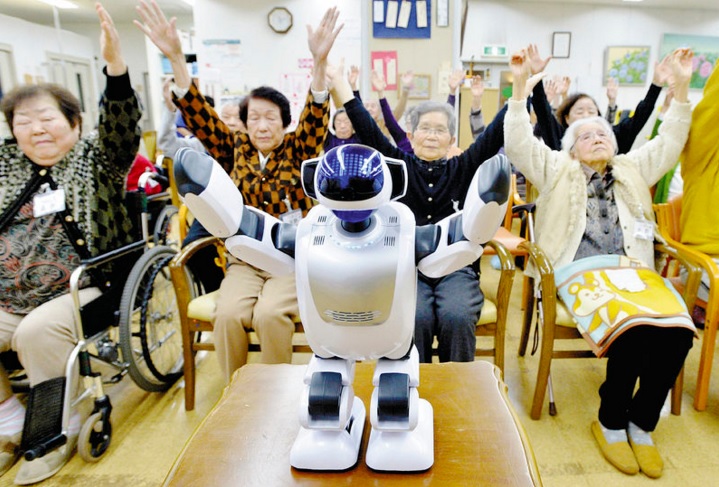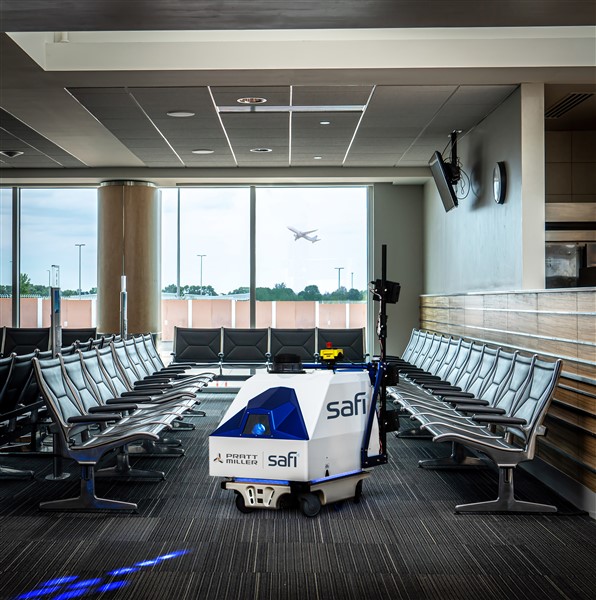Ramifications of increased robotic automation stirred new levels of concern among leading developed nations. Human workers will lose jobs to computer software and robotics, but how many? Notwithstanding human impact, the market is likely to create new opportunities for some – but how do we get ready for this new wave of technology?
Let’s take a closer look at some of the items worth paying attention to:
The tech-centric country of Japan, a major supplier and consumer of robotics, has its own adverseness to the growing workplace disruption.
The Japanese government and its tech partners are heavily promoting artificial intelligence (AI) and other robotic technology – but more than 8 out of 10 citizens believe the new solutions will “probably or definitely” sweep up jobs currently held by human workers.
Of specific concern is perceived difficulty human workers will have transitioning to new jobs – and possible growing economic inequality are both road blocks to AI.
Research focused on AI, robots, and automation yield varying levels of concern – and possible windfalls for business adopting these technologies. Around 75 million jobs will be lost to AI by 2022, but will help create 133 million during that same period, according to the World Economic Forum’s “The Future of Jobs 2018” report.
Additional research – and predictions – related to job losses from automation are all over the place. I’ll just point to this excellent BloombergOpinion story:
A 2016 study by Citigroup Inc. and the University of Oxford reported that 57 percent of jobs were at high risk of automation, although a 2013 paper by two of the same researchers predicted 47 percent. A recent PricewaterhouseCoopers report comes up with somewhat lower numbers, though it varies by country.
Automation moves beyond just manual and assembly labor – machines are increasingly improving ability to complete reasoning and decision-making tasks. Workers in positions classified as “redundant roles” must be prepared to adapt and likely need more specialized training to do so.
Final Thoughts
A fast Google search to learn additional information covering this topic should produce newly published content on a frequent basis. Companies cannot sit by and patiently wait in siloed work environments, with even more AI-based tools expected in 2019 and following years.
[ Image courtesy of Pixabay / Martinelle ]



